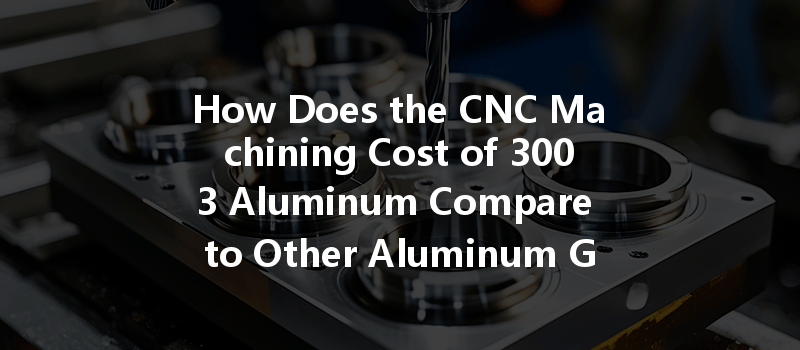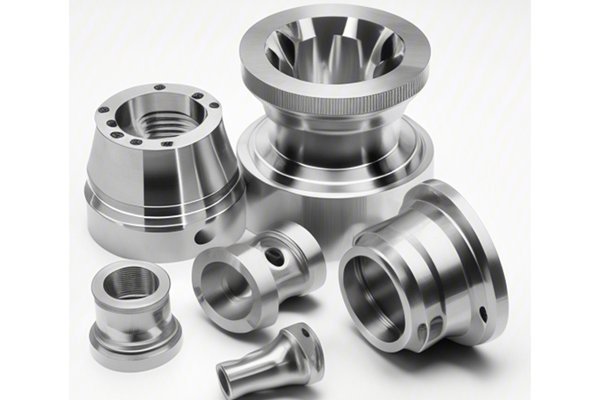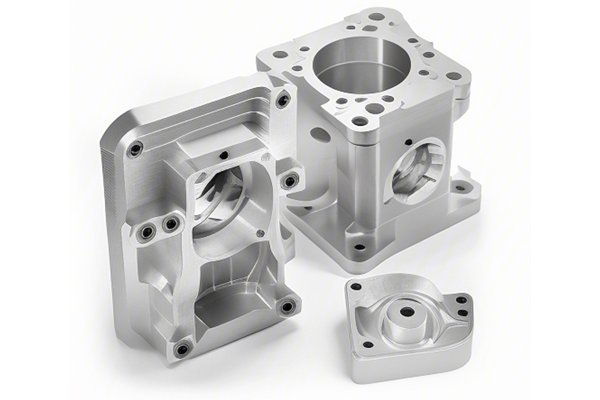Did you know that aluminum is one of the most recycled metals in the world? This remarkable material, which makes up about 8% of the Earth’s solid surface by weight, has found its way into countless applications, thanks to its lightweight, strength, and versatility. However, when it comes to manufacturing processes, particularly CNC machining, not all aluminum grades are created equal—especially when it comes to cost. This blog aims to delve deep into the costs associated with CNC machining of 3003 aluminum and how they compare to other aluminum grades.
Understanding CNC Machining and Aluminum Alloys
What is CNC Machining?
CNC (Computer Numerical Control) machining is a manufacturing process that utilizes computer-controlled machines to shape and fabricate materials. CNC machines can vary significantly in their capabilities and applications, but they are primarily used for precision cutting, milling, and drilling.
Why Choose Aluminum?
The choice to use aluminum, particularly in modern manufacturing, often arises from its favorable properties:
The Cost of CNC Machining 3003 Aluminum
What is 3003 Aluminum?
3003 aluminum is a commonly used aluminum alloy that contains approximately 1.2% manganese. This alloy is renowned for its excellent corrosion resistance, good weldability, and workability, making it one of the most versatile aluminum grades available. It’s particularly popular in applications such as heat exchangers, chemical equipment, and storage tanks.
Factors Influencing CNC Machining Costs
Understanding the costs associated with CNC machining 3003 aluminum requires looking at several factors:
The price of raw materials can significantly impact the overall cost of CNC machining. Aluminum prices can fluctuate based on market demand and production capacity.
CNC machining of aluminum typically requires specialized tools designed for cutting softer materials. Tool wear and the cost of replacements can contribute to the overall machining costs.
The design and intricacies of the part being machined can affect costs. More complex geometries typically require longer machining times, increasing labor costs.
The time spent setting up a CNC machine can influence costs. A well-designed part that allows for quick setup will minimize costs.
Higher volumes usually result in lower per-unit costs due to economies of scale. Conversely, low-volume production leads to higher individual costs.
Additional processes such as finishing, polishing, or anodizing will add to the overall costs.
Comparing 3003 Aluminum with Other Aluminum Grades

Let’s compare the CNC machining costs of 3003 with a few other commonly used aluminum grades: 6061 and
Detailed Cost Overview of CNC Machining 3003 Aluminum
To provide a clearer financial understanding, let’s break down CNC machining costs associated with 3003 aluminum.
As of the latest market, the price for one pound of 3003 aluminum may range approximately from $2.00 to $3.
Average labor costs can vary dramatically by region, but a typical CNC machinist’s hourly wage in the United States ranges from $20 to $
If we consider specialized tooling, which can range from $50 to $200 per tool, factoring in tool life and replacement can take your costs significantly higher over large volumes.
If finishing processes are required (such as anodizing for enhanced corrosion resistance), this could add another $0.50 to $1.00 per piece, depending on the finishing technique used.
Optimizing CNC Machining Costs
Designing parts with CNC machining in mind can drastically reduce costs. Simplifying geometric shapes and allowing for less stringent tolerances will lower machining time and costs.
Running larger batches will spread setup costs over more units, reducing the cost per item.
Investing in high-quality tooling that lasts longer can offset costs in the long run, especially for high-volume machining.
In summary, the CNC machining cost of 3003 aluminum is relatively favorable compared to other aluminum grades like 6061 and 7075, primarily due to its balance of cost, machinability, and useful properties. Understanding the various factors that influence these costs—such as material pricing, setup time, and complexity—can help manufacturers make more informed decisions.
As manufacturing technology continues to advance, the importance of optimizing production efficiency remains crucial. The insights shared in this blog steadfastly highlight why scrutinizing the costs related to CNC machining of various aluminum grades is vital for any manufacturing process. Ultimately, carefully considering the properties of materials and the specifics of the machining process will lead to higher quality products and more profitable production outcomes.
Thank you for exploring the costs and considerations involved in CNC machining 3003 aluminum. Whether you’re a seasoned manufacturer or a newcomer in the field, this knowledge is essential to your success in utilizing aluminum alloys to their fullest potential.






